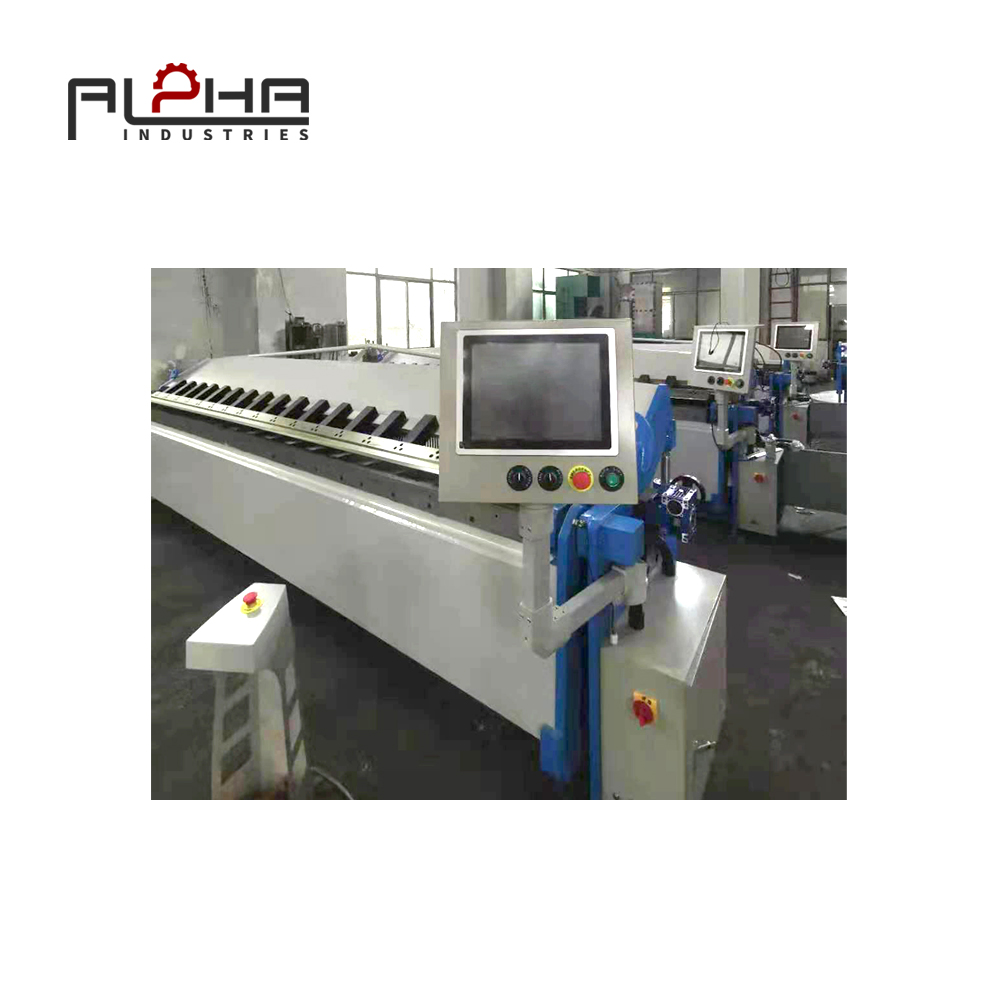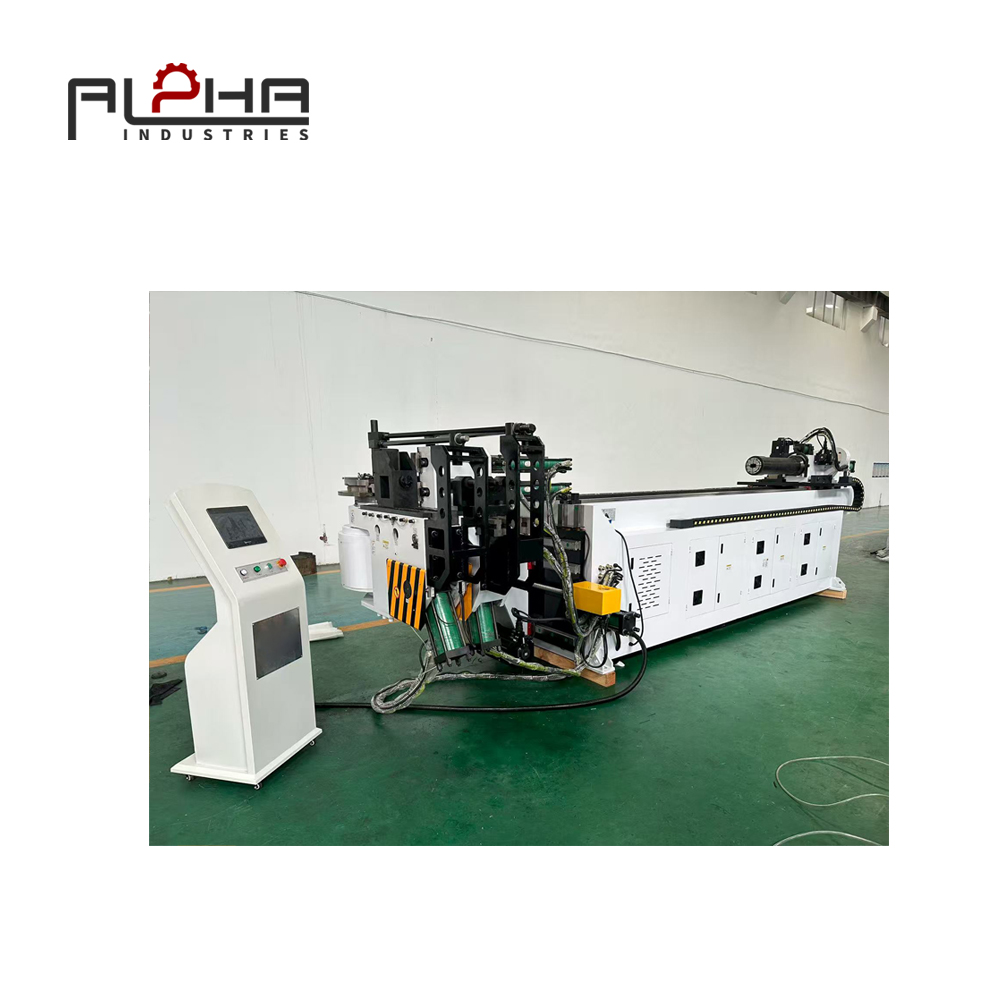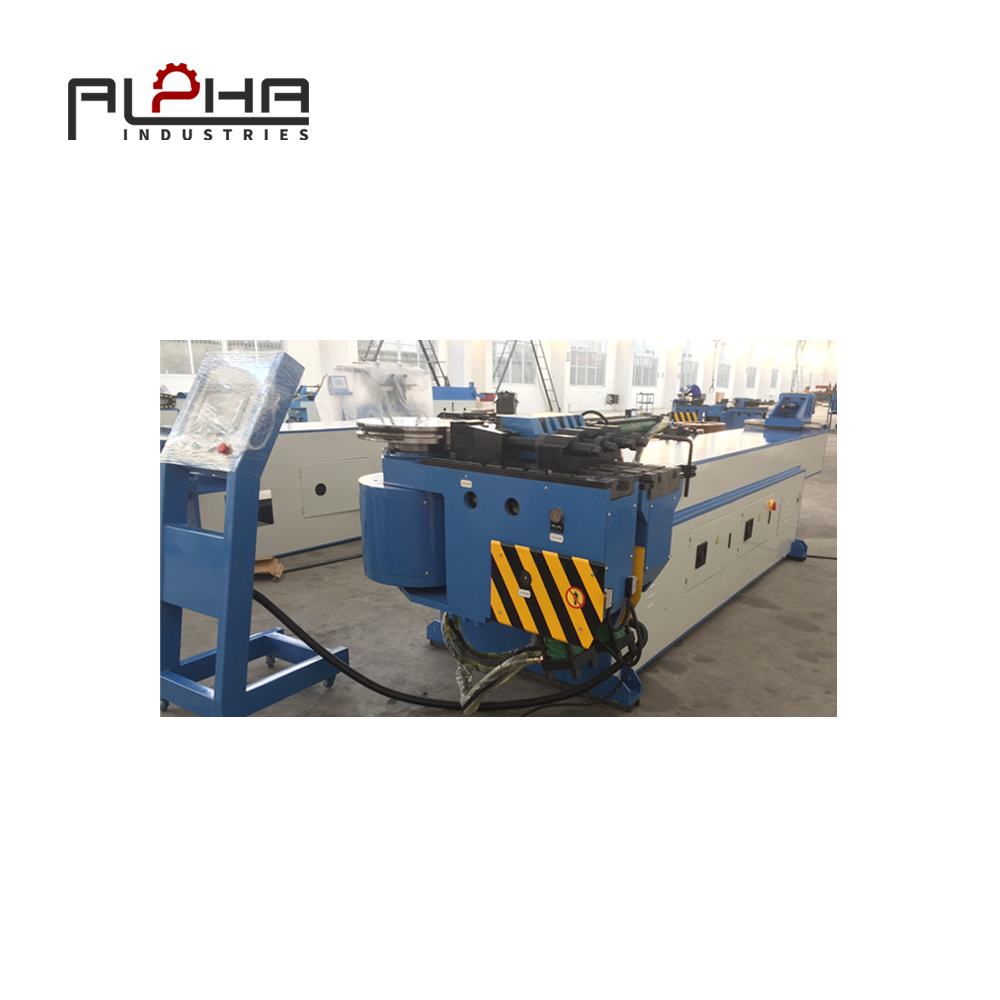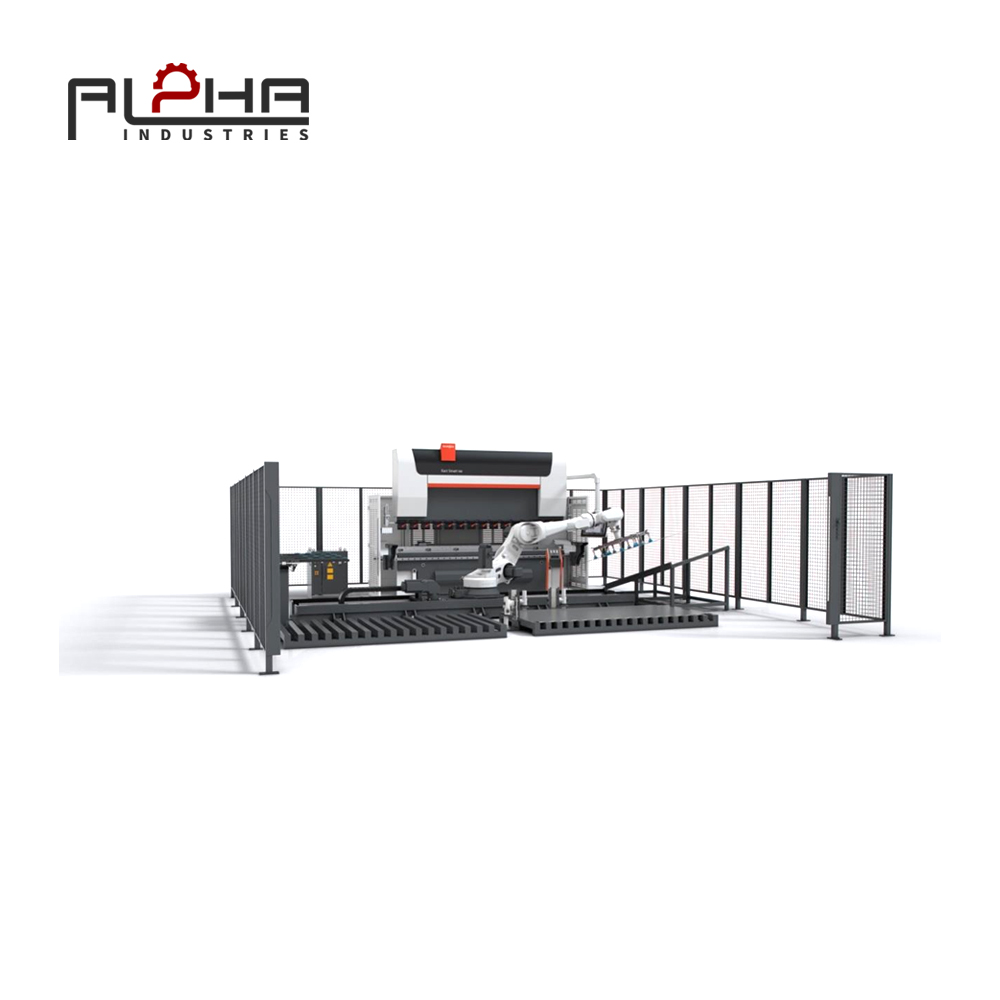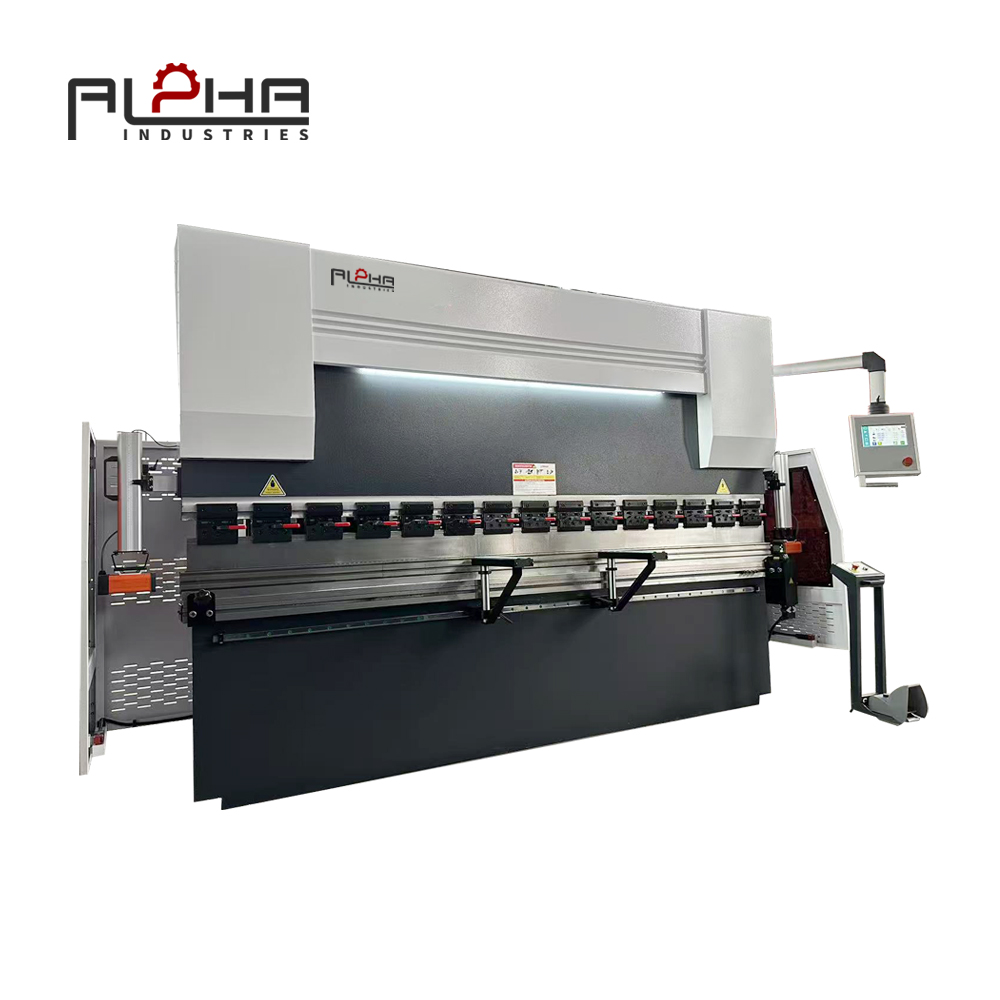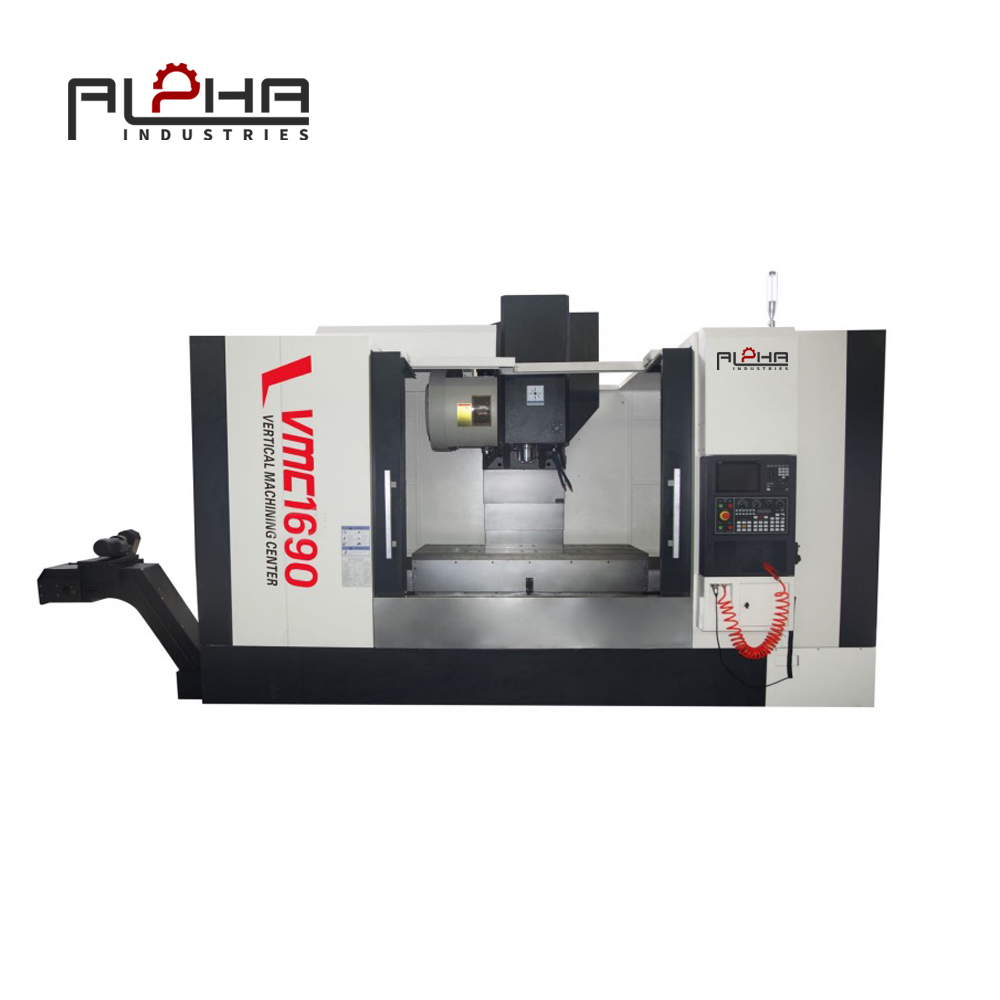Modern industries demand parts with intricate geometries, tight tolerances, and exceptional surface finishes. CNC lathes equipped with multi-axis control, live tooling, and automation capabilities have become indispensable for manufacturing complex parts across aerospace, medical, automotive, and precision engineering sectors.
Defining Features of CNC Lathes for Complex Parts
CNC lathes designed for complex part production integrate advanced functionalities:
-
Multi-Axis Machining:Combining X, Z, and optional Y-axis movement enables off-center drilling, milling, and contouring.
-
Live Tooling:Facilitates secondary operations like drilling, tapping, and milling in a single setup, reducing production time and ensuring geometric consistency.
-
Sub-Spindle and Dual Spindle Configurations:Allow machining on both ends of the part without manual repositioning, ideal for intricate and symmetrical components.
-
High-Speed Precision Spindles:Ensure surface integrity and dimensional accuracy even on micro-components.
Advantages of CNC Lathes in Complex Machining
-
Unmatched Precision:Positioning accuracy often within ±2 microns, essential for critical sectors like aerospace and medical devices.
-
Process Consolidation:Multi-tasking capability eliminates the need for multiple machines, reducing handling errors and setup times.
-
Consistent Repeatability:CNC control ensures that every part meets stringent quality standards, critical in mass production.
-
Reduced Lead Time:Faster cycle times with fewer setups speed up time-to-market for complex parts.
Key Industries and Applications
-
Aerospace Components:Machining of turbine blades, engine nozzles, and landing gear parts with complex profiles and materials like Inconel or titanium.
-
Medical Devices:Precision components like orthopedic implants, surgical tools, and dental prosthetics requiring biocompatible materials and flawless finishes.
-
Automotive:Production of turbocharger components, gearbox elements, and steering system parts with intricate geometries.
-
Electronics:Small precision connectors, sensor housings, and micro-mechanical parts for high-tech devices.
Technical Capabilities
-
Y-Axis Machining:Enables off-center operations without re-clamping, crucial for creating complex features on turned parts.
-
B-Axis Swiveling Toolheads:For precise angular milling and drilling on various planes.
-
Bar Feeder Integration:Automates raw material supply, ensuring continuous production in high-volume manufacturing.
-
Advanced CNC Control Systems:With features like collision detection, tool life management, and real-time feedback to maintain production efficiency and safety.
Quality Assurance Measures
-
On-Machine Probing:Automatically measures critical dimensions during machining to adjust for tool wear and thermal variations.
-
Surface Finish Optimization:Capable of achieving Ra ≤ 0.4μm, critical for components subject to dynamic contact or fluid seals.
-
Tight Tolerance Machining:Achievable tolerances often within ±0.005mm, essential for precision fit applications.
Automation and Connectivity
-
Robotic Part Loading/Unloading:Enhances productivity by minimizing manual intervention.
-
IoT and Industry 4.0 Readiness:Real-time data monitoring, predictive maintenance, and production analytics improve operational efficiency and reduce downtime.
Conclusion
CNC lathes for complex part machining represent the pinnacle of manufacturing technology, combining precision, versatility, and automation. They are vital for industries that require uncompromising quality and geometric complexity, reducing production costs while enhancing product performance and reliability.
FAQs:
1. What is the benefit of a Y-axis on a CNC lathe?
The Y-axis allows off-center machining, enabling complex features like slots, keyways, and flats to be milled without secondary setups, enhancing part precision and reducing production time.
2. How does live tooling improve CNC lathe performance?
Live tooling enables the lathe to perform milling, drilling, and tapping operations in the same setup as turning, consolidating processes and improving accuracy and efficiency.
3. What’s the advantage of a sub-spindle on a CNC lathe?
A sub-spindle allows parts to be transferred within the machine for back-side operations, eliminating manual re-clamping and ensuring concentricity and alignment between features on both ends.
4. Which materials can CNC lathes machine for complex parts?
CNC lathes can handle a wide range of materials including stainless steel, titanium, aluminum, brass, and exotic alloys like Inconel, commonly used in aerospace and medical industries.
5. What level of surface finish can CNC lathes achieve?
Precision CNC lathes can deliver surface finishes as fine as Ra ≤ 0.4μm, suitable for sealing surfaces and parts requiring high fatigue resistance.



